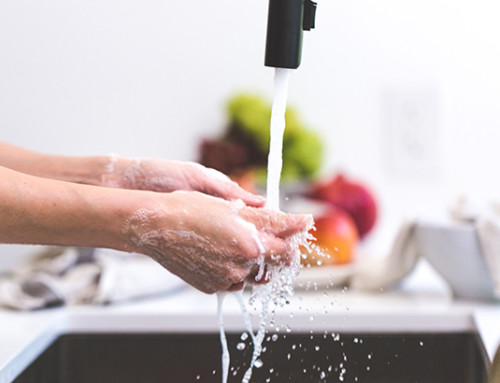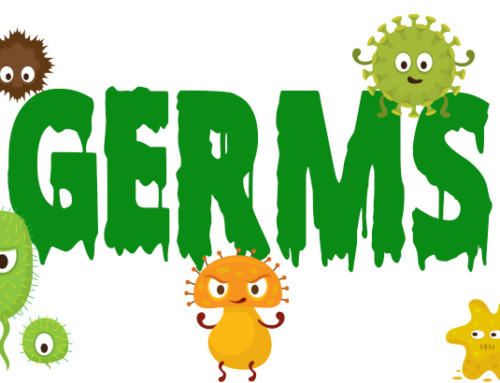When looking at our dipslides, people often ask us which one they should get. “What agar should I use?” “What does each agar grow?” “What is best for my application?” Like many of our answers to your questions, it really depends on the application and the results you are trying to achieve. But to help you make a decision, we’re going to take a closer look at each of the agars we offer. Today, we’re looking at Rose Bengal Agar!
A Brief History
In 1944, Smith and Dawson used Rose Bengal agar for the selective isolation of fungi from soil samples. As we mentioned in, A Closer Look: Malt Agar, often times, agars that are used to promote the growth of yeasts and molds have a low, acidic pH. However, Rose Bengal has a more neutral pH. Yeasts and molds can actually grow over a wide pH range. Smith and Dawson found that Rose Bengal added to a near-neutral medium (pH 6.8) allowed for more colonies to develop as opposed to an acidified medium.
Some formulations of Rose Bengal include the addition of a selective agent, such as the most popular version, Chloramphenicol, which supports the growth of fungi while limiting bacterial growth. Our Rose Bengal agar does not include the addition of any selective agents.
Growth
 Rose Bengal agar is aptly named because it not only contains Rose Bengal as one of the ingredients, but it is also a beautiful pink color. Rose Bengal helps to inhibit bacterial growth on the agar, and also restricts the growth of fast-growing molds that could quickly overtake the agar, resulting in confluent growth. Without some of these selective agents, it would sometimes be difficult to interpret the results of the agar.
Rose Bengal agar is aptly named because it not only contains Rose Bengal as one of the ingredients, but it is also a beautiful pink color. Rose Bengal helps to inhibit bacterial growth on the agar, and also restricts the growth of fast-growing molds that could quickly overtake the agar, resulting in confluent growth. Without some of these selective agents, it would sometimes be difficult to interpret the results of the agar.
Rose Bengal is a dye that is taken in by the cells of the yeast and mold colonies, and the result is pink colonies. If you take a look at our BioPaddles Lite App or the expanded technical document we have available, you’ll find several images of pink colonies, particularly the yeast images.
Rose Bengal agar also contains Dipotassium Phosphate as a buffering agent and Magnesium sulfate to provide trace elements. Mycological peptone is added as a source of carbon and nitrogen, and Dextrose is added as an energy source.
We combine Rose Bengal agar on a paddle with either Nutrient-TTC or Tryptic Soy agar on the other side. These media are very complimentary to each other. While Rose Bengal supports the growth of yeasts and molds and inhibits bacteria, Nutrient-TTC or Tryptic Soy encourage bacterial growth.
This combination is often used in cosmetic testing, educational kits, and testing cutting fluids. It is used to detect gross contamination, and the media can distinguish between bacteria and yeast and mold growth.
Incubation
Rose Bengal Agar is best incubated at 25-30°C and examined for growth after 48 hours. It may need to incubate longer, but it is best to check at 48. If incubating at room temperature, it should be left for at least 5 days, up to 7 days.
Here’s where incubation can get tricky when using a dipslide that has two uniquely different media. The optimal incubation temperature for bacterial growth (on the Nutrient-TTC agar), is more like 35 ± 2°C for just 24-48 hours. Yeasts and molds, on the other hand, prefer lower incubation temperature for a slightly longer period. So how should you incubate?
Well, if you’re focusing on the molds, lean more towards the lower temperature and 48 hour incubation period. If you’re focusing on the bacteria, lean more towards the higher temperature and 24 hour incubation period. If you want to focus on both simultaneously, focus on the middle of the range, somewhere around an incubation temperature of 32-33°C with a first check at 36-48 hours.
Check out our technical document for more information on our Rose Bengal dipslides, or to view a microbe identification chart with images of microbes grown on Rose Bengal agar.
That’s it for today’s micro-lesson. Hopefully, you now have a better understanding of how Rose Bengal agar works and what microbes it’s best used for.







Leave A Comment